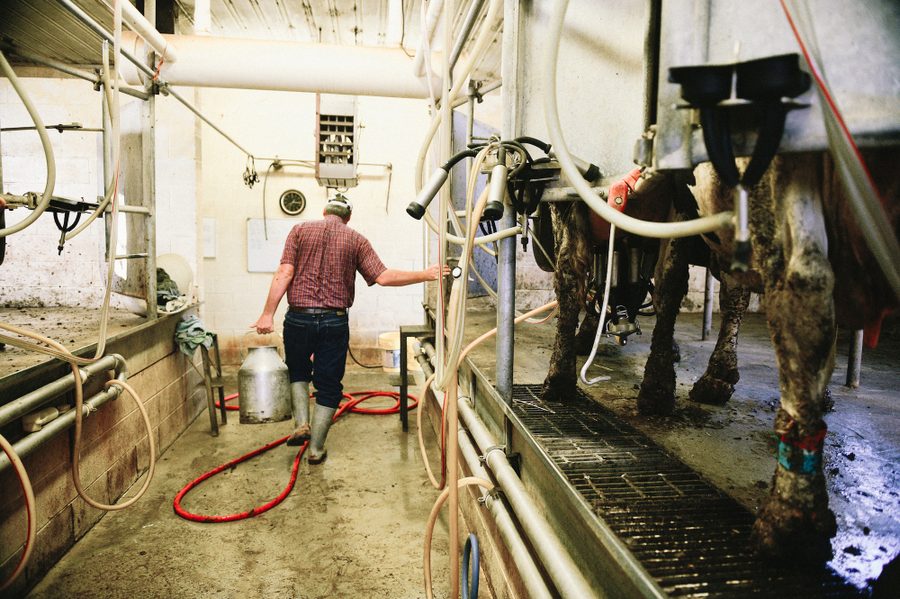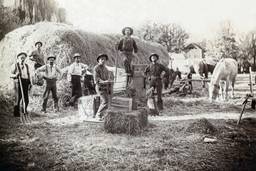The U.S. Dairy System Is in Crisis and Exporting More Milk to Canada Won’t Fix It
U.S. farm policies are bad for dairy farmers, cows, customers and the climate. We shouldn’t try to defeat Canada’s dairy system—we should learn from it.
Niaz Dorry

Last month, the United States won a dairy dispute with neighboring Canada under the new United States-Mexico-Canada Agreement (USMCA). A panel, convened in May 2021, agreed with the United States that Canada had been restricting the access of U.S. dairy to Canadian markets, in favor of domestic dairy producers and in violation of the agreement.
In a Jan. 4 press release, U.S. Ambassador Katherine Tai celebrated the decision: “This historic win will help eliminate unjustified trade restrictions on American dairy products, and will ensure that the U.S. dairy industry and its workers get the full benefit of the USMCA to market and sell U.S. products to Canadian consumers.”
While this might look like a victory for trade negotiators, however, U.S. dairy farmers and consumers have nothing to celebrate.
The decision fails to address the fundamental problems confronting dairy farmers in any meaningful way. On the contrary, it dismisses the positive example of Canada’s dairy supply management program that has stabilized the country’s supply of milk, provided protective subsidies to small farmers, ensured most of the dairy production is consumed domestically and offered fairer prices to farmers and consumers.
Canada’s quota system has also enabled dairy farmers to invest in more sustainable, climate-friendly farming practices. In Canada, the average dairy herd size is 96 cows, allowing more opportunities for pasture grazing and soil carbon sequestration. This combination of minimal emissions and maximum soil carbon retention represents one of the most positive versions of dairy production.
The centerpiece of the U.S. dairy crisis, on the other hand, is chronic low prices for family-scale dairies, consolidation within the market, and the subsequent overproduction of milk which hurts the economic bottom lines of farmers and consumers alike. U.S. policies pushed by dairy industry lobbyists have pressured farmers to continually increase herd size, boost production, rely on tax-payer funded subsidies and seek ever-expanding and unreliable export markets. This has driven family-scale dairy farms out of business for decades while at the same time increasing environmental damage.
In the 1990s, the United States largely dismantled its own version of a supply management system in the name of market fundamentalism. This led to rapid consolidation within the dairy sector, outpacing other sectors of our agriculture system. Today, 5% of the largest dairy farms account for 56% of all milk production. Many of these operations keep well over 10,000 cows in crowded factory-farm conditions, applying excessive levels of manure to the land and economically undercutting small and mid-scale dairies.
Displacing smaller, dispersed grazing herds of dairy cattle with huge, concentrated, herds is a net loss for soil health, carbon sequestration, sustainability, the climate, and farming communities. This new trade agreement, far from solving these problems, will only incentivize a few corporations and pseudo-cooperatives to control more of the global market.
The Biden administration and leaders in Congress have expressed their intention to promote fair competition and support rural communities. To seriously address the dairy crisis, they must stop listening to trade lobbyists and stop pretending that exporting our way out of our crisis will benefit family-scale farmers, the environment, and those who rely on dairy as a critical part of their daily food needs.
Niaz Dorry is executive director of the National Family Farm Coalition.




